CONSERVATION


Wildlife is one of America's most treasured natural resources. But
still, there are conflicts between people and wildlife due to the decrease
in wildlife habitat. The Natural Resource Conservation Service is
working on wildlife habitat planning and management on private lands in
America. The goal of wildlife management is to preserve, restore,
and enhance the natural ecosystems of all species of animals and plants
that are endangered or are threatened with becoming endangered.
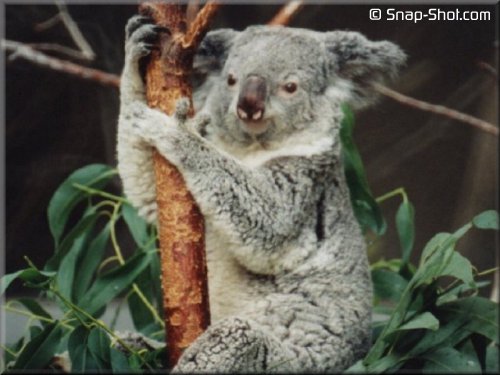
![]() "99% of all species that
"99% of all species that
ever lived are now extinct!"
Scientific management
was little more than a concept fifty years ago. Its growth and development
since than have reversed the trend of thinking about wildlife resources,
which now are recognized as renewable. It was the scientific approach
which put systemic research into the picture and led to effective restoration
of animal populations, management of wildlife harvests and habitats, and
other biological support systems.
The Pittman-Robertson
Federal Aid in Wildlife Restoration Act has contributed more than any other
law to the process of learning, healing, and restoring in every state.
Other laws aimed at improving management of soils, forests, rangelands,
air and water have significantly helped in the past half century.
Wildlife is influenced even more by economic pressures, changes in land
use, altered farming and ranching and forestry practices, and major shifts
in public attitudes.
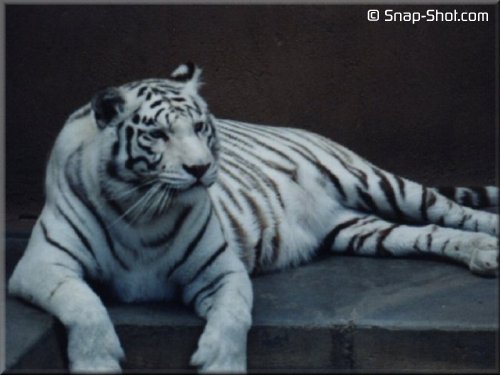
![]() "A
fifth or more of the species
"A
fifth or more of the species
of plants and animals could
vanish
or be doomed to early extinction
by the year 2020 unless better
efforts are made to save them."
Wildlife managers
are working to keep hunters satisfied and the wildlife population self-sustaining,
develop plans to minimize damage done by wildlife to crops and domestic
livestock, are planning to make wildlife accessible to non-hunters for
educational values and enjoyment, and are working on ways to cope with
the impacts that wildlife has on all sorts of substances discharged into
our air, land, and water.
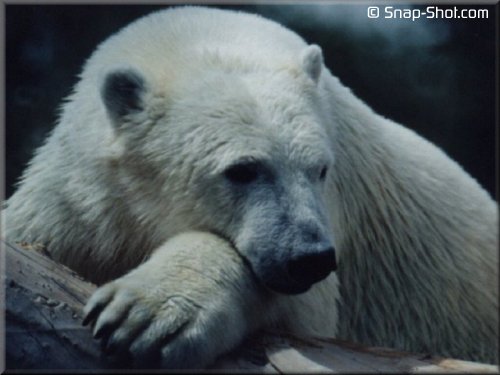
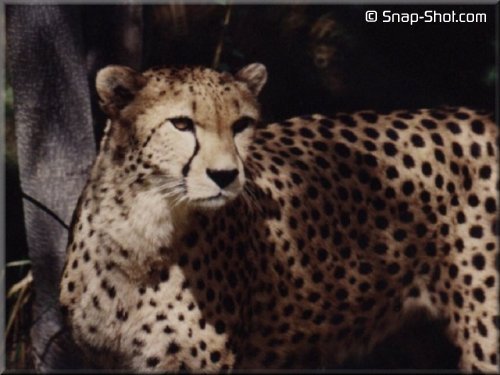
![]() In
the wilderness the boundaries
In
the wilderness the boundaries ![]() "...a handful of experimental
"...a handful of experimental
between human and nonhuman,
studies is offering strong initial
between natural and supernatural,
confirmation that even moderate
have always seemed less certain
warming could cause dramatic
than elsewhere."
disruption of existing wild habitats."
It's not hard to find bad news about endanagered wildlife. There is also considerable good news about what caring people are doing to save species. Here are some ways you can help:
![]() Spread
the Word. Educators who teach about wildlife conservation can
make a tremendous impact!
Spread
the Word. Educators who teach about wildlife conservation can
make a tremendous impact!
![]() Lend
a Hand. Saving the endangered species starts with saving the
places that serve as their homes. Identify and act to protect wetlands,
streams, forested areas, and other natural sites near you.
Lend
a Hand. Saving the endangered species starts with saving the
places that serve as their homes. Identify and act to protect wetlands,
streams, forested areas, and other natural sites near you.
![]() Make
Your Voice Heard. Stay on top of the latest issues about conservation
and related topics.
Make
Your Voice Heard. Stay on top of the latest issues about conservation
and related topics.
![]() Support
Conservation Efforts. Conservation groups such as the National Wildlife
Federation and its state affiliates are involved in everything from crafting
species and habitat protection plans, to educationg the public about the
importance of conservation. Become a member of a national, state,
or local conservation group. Volunteer to get involved.
Support
Conservation Efforts. Conservation groups such as the National Wildlife
Federation and its state affiliates are involved in everything from crafting
species and habitat protection plans, to educationg the public about the
importance of conservation. Become a member of a national, state,
or local conservation group. Volunteer to get involved.
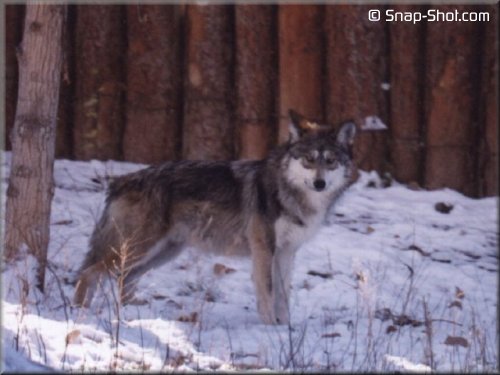
Without conservation
organizations, citizen involvement, and strong legal protections, we would
no longer have grizzlies in the Rockies or gray wolves in Yellowstone.
While we can take pride in the many great things we have done, and are
doing, as a nation to save species, there is still much to be accomplished.
And for many species, time is running out!
Check out these sites for more information on Wildlife Conservation: